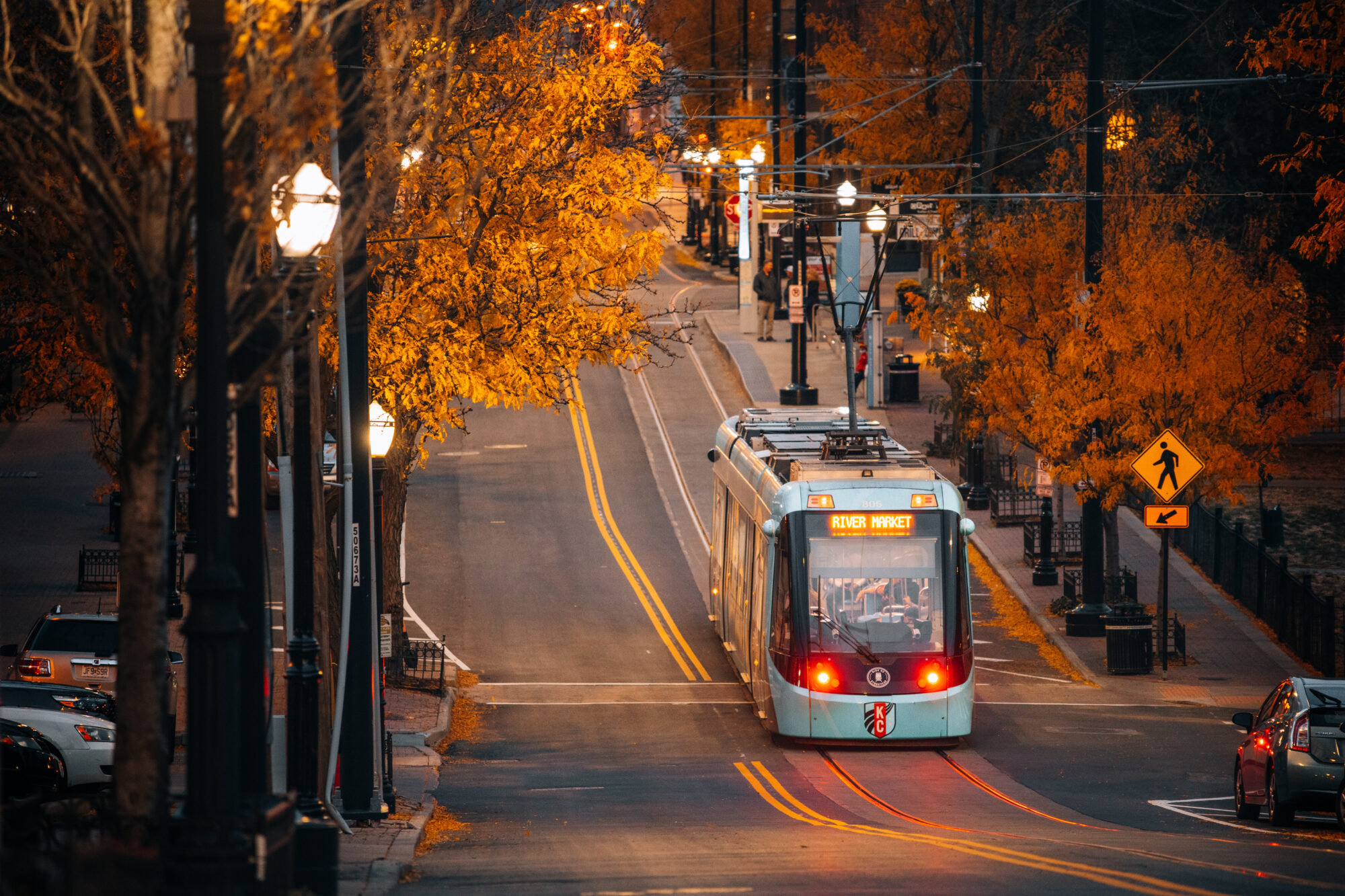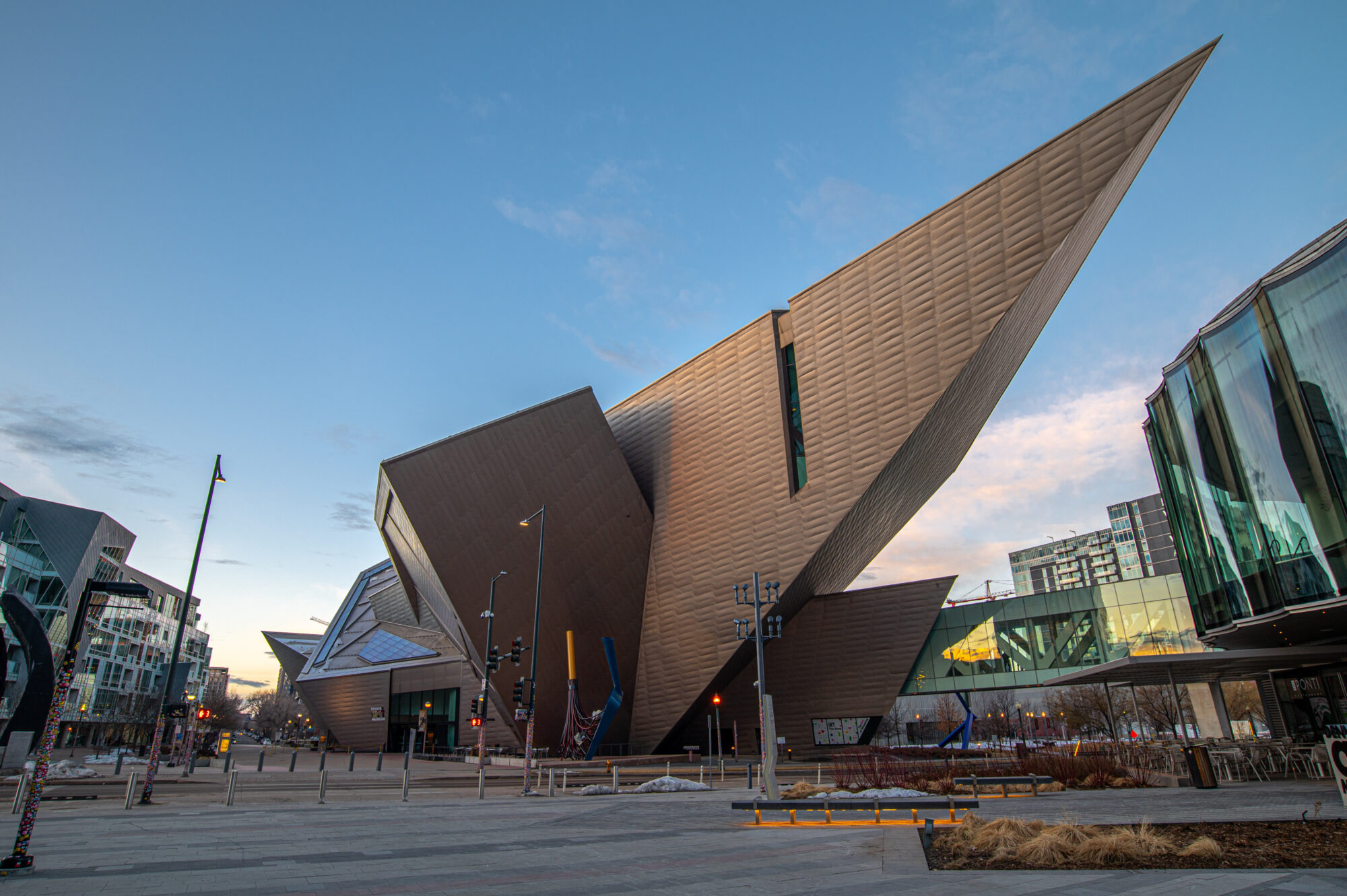By

When thinking about Denver, people often refer to its status as an international business center, its thriving craft beer scene, or its championship-winning pro sports teams. Lesser known, but equally significant, is Denver’s commitment to cultivating a love for arts and culture among residents, especially children. 300 organizations across a seven-county region educate the community in a variety of ways, from helping young girls find confidence through dance to teaching children about STEM in fun and innovative ways. The city supports these organizations through a special-use tax that provides them with one cent on every 10 dollars of sales and use tax collected. The organizations are a part of the Scientific and Cultural Facilities District (SCFD), and last year the group, which includes well-known organizations such as the Denver Art Museum and the Denver Zoo, received $80 million in funding.
The SCFD is one of many special-use taxes that are quietly powering visible transformations in cities and counties across the country. Special use tax districts are designated areas where an additional tax, including lodging or sales taxes, is collected to fund public projects or services. Special-use taxes have proven successful in funding a broad spectrum of projects, ranging from developing sports complexes to building infrastructure and supporting the arts. Below are three examples of the nation’s most successful special use tax districts, along with a behind-the-scenes look at how they were established and their impact.

“Twenty-five years ago, you could throw a bowling ball down Main Street, and it wouldn’t hit anything on a weekend,” said Kansas City, Missouri’s newly-named City Manager Mario Vasquez.“Today, it’s full of people walking up and down, going places, living, shopping, doing the things that people do in the city. All of it is helped by the streetcar system that provides a consistent transportation mode that supports activities, so it is remarkable.”
Kansas City’s streetcar system which connects the downtown loop, city market, and major assets across sports and entertainment, with restaurants, art galleries, neighborhoods, and other businesses, is funded, in part, by a 1 percent sales tax within the city’s transportation development district (TDD) along with a special assessment on real estate within the boundary. The money also supports future maintenance and operational costs.
A voter referendum in 2017 approved the formation of the district. It’s part of a larger group of transportation development districts throughout the state of Missouri that are designed to facilitate specific public transportation improvements that enhance economic development or mobility.
According to the Missouri Department of Transportation, TDD’s can be initiated through a petition filed with the circuit court in one of three ways: having at least 50 registered voters from a county within the proposed district, all owners of real property within the proposed district (if no registered voters reside there), or a local transportation authority or multiple authorities via resolutions. The court reviews the petition for legality and may call for an election to approve the district’s creation and funding methods. If approved, the court declares the district organized.
In the case of Kansas City, the focus was on increasing the marketability of the area and getting it ready to be on the world’s stage. A riverfront expansion, with a stop about a quarter mile away from the Kansas City Current’s CPKC Stadium, is scheduled to debut in 2026 ahead of Kansas City hosting the 2026 FIFA World Cup. Vasquez called the streetcar system and its impact on the city “transformative,” creating stability for some businesses that may have shut down without the free transit option.
The Kansas City streetcar system has undergone multiple expansions over the past decade, including a current 3.5-mile addition south on Main Street. The project, which is about 95 percent finished and received nearly $175 million in federal grant funding, will add 16 stops and connect to Midtown, the art museum district, and the University of Missouri-Kansas City. It’s set to open this fall.
In Austin, Texas, city leaders used a special use tax district to address disparities in access to healthcare among residents. In 2004, voters approved a measure that led to the creation of the Travis County Healthcare District (aka Central Health). The district levies property taxes to fund the operation and maintenance of public hospitals and healthcare facilities, ensuring access to medical care, particularly for underserved populations.
Prior to its establishment, healthcare services were fragmented. Residents in Austin had access to city-funded facilities, but residents in unincorporated areas or smaller cities (like Pflugerville, Manor, or Del Valle) had no centralized healthcare system. This meant that services varied widely by zip code, creating disparities in access to primary and preventive care, especially for low-income and uninsured populations.
The goal of Central Health is to provide access to healthcare for all county residents by establishing a centralized healthcare system that receives funding through county property taxes, with oversight from a dedicated board. Organization leaders recently voted on a new tax rate of 10.7969 cents per $100 of property valuation. That would increase the average local homeowner’s tax bill by $66.
Today, Central Health funds care for over 152,000 low-income residents throughout the county. “Even in our prosperous urban area, tens of thousands of Central Texans are struggling in communities where life expectancy is up to 15 years lower than in affluent neighborhoods just miles away,” said Central Health President & CEO Dr. Patrick Lee recently in a statement about the organization’s mission. “Central Health is taking decisive action to close the health gaps that impact our most vulnerable neighbors.”

In the 1980s, major institutions like the Denver Museum of Nature & Science and the Denver Art Museum faced rising operational costs and a sharp decline in public funding as municipal budgets prioritized infrastructure, public safety, and essential services. As a result, programs were scaled back, maintenance was deferred, and access—particularly for schools and underserved communities—was significantly restricted.
To address this challenge, Denver-area leaders proposed an innovative, regionally coordinated funding model. In 1988, voters across seven counties in the Denver metropolitan area approved the creation of the Scientific and Cultural Facilities District (SCFD)—a first-of-its-kind regional tax district dedicated to arts, culture, and science.
The SCFD collects one cent for every $10 in sales and use tax, generating stable, long-term funding for a wide array of eligible organizations. In 2023, the district distributed $84 million to nearly 300 nonprofits, from the Denver Center for the Performing Arts to small neighborhood theaters and community museums.
SCFD is governed by a collaborative structure that balances regional oversight with local decision-making. Cultural councils in each county accept, evaluate, and recommend applications from organizations based on their mission, community impact, and financial stewardship. To ensure that a broad group of organizations receive support, a three-tier system was established to distribute funds. With well-known organizations like the Denver Center for Performing Arts receiving an equal share of funding as smaller community organizations. Unlike traditional grant models, funding is renewed annually, which helps organizations sustain their presence within their respective communities.
According to SCFD’s most recent annual report, the funding distributed to cultural organizations in 2023 provided access to “stories, exhibitions, artwork, and performances” for 12 million residents. SCFD also reports that these organizations drive $2.6 billion in economic activity.
Special use tax districts may not command headlines, but their impact is undeniable. From Kansas City’s streetcar that redefined a downtown corridor, to Central Health’s lifeline for tens of thousands of Travis County residents, to the SCFD’s quiet revolution in making the arts accessible to millions—these districts are shaping the future of American communities in lasting ways.
What unites these examples is not just the creative use of tax policy, but a deeper truth: when local leaders align bold vision with community buy-in and smart funding models, transformation follows. Whether it’s mobility, health, or culture, special use taxes give cities the power to build not just infrastructure, but identity, equity, and opportunity.